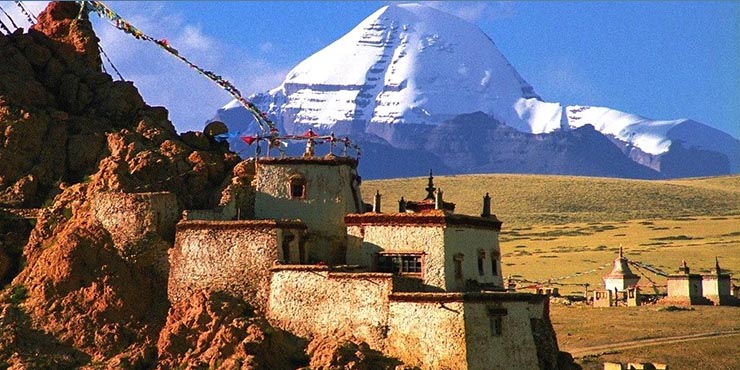Kailash Mansarovar’s spiritual importance and breathtaking natural beauty have attracted visitors for millennia. Located in the Himalayas, this far-flung area has long been a source of difficulty for tourists because of the need for visas and other documentation to cross national boundaries. The necessity for a China visa has long impeded visiting Kailash Mansarovar, but a new development that promises to revolutionise the experience is on the horizon.
New Ways and New hope

Those hoping to journey to Kailash Mansarovar on a pilgrimage will be relieved to hear that a new route is being built. Getting a China visa required lengthy bureaucratic processes and delays before visitors could use the Nathu La Pass to enter the region. Despite their spiritual desires, this prevented many people from making the trip.
The new route will make it easier to travel to Kailash Mansarovar from any direction. Completing the road will likely provide a quicker and less stressful path, reducing travel time and eliminating the need for a China visa. Therefore, tour operators and pilgrimage planners expect a rise in visitors to the holy place, which should boost business for the sector.
The anticipated increase in regional tourism is a major benefit of this infrastructure improvement. Adventurers, eco-tourists, and people curious about other cultures are just some types of tourists that benefit from improved access to Kailash Mansarovar. The greater accessibility will surely put Kailash Mansarovar on the world’s map of must-visit places, thanks to the region’s stunning landscapes and cultural richness, which have long been hidden gems.
Benefits of new ways of travel to Mnasarovar

This shift may also greatly benefit the local communities along the pilgrimage path. Jobs in the hospitality and service industries are expected to increase due to the influx of tourists, saving the local economy. Trade and commerce between regions could be facilitated by enhanced connectivity, further contributing to economic growth and development.
In addition to its practical benefits, the new road may also increase the number of pilgrims’ religious and spiritual experiences. For Hindus, Buddhists, Jains, and Bon adherents, a trip to Kailash Mansarovar is a once-in-a-lifetime opportunity, and improved accessibility may inspire more believers to make the pilgrimage finally. This trend towards spiritual tourism could enhance cross-cultural understanding and appreciation.
However, as with any construction, environmental factors may need to be considered. Kailash Mansarovar and the surrounding Himalayan ecology are extremely sensitive to human interference. Sustainable tourism practices and strong conservation measures will be essential for authorities to employ to protect the natural beauty and holiness of the place.
Wrapping Up:
Finally, completing the unique road to Kailash Mansarovar will usher in the area’s new era of pilgrimage and tourism. It could increase the number of visitors to this hallowed location in the Himalayas by eliminating the necessity for a China visa and streamlining the travel process. Although the development offers promising prospects for monetary growth and spiritual experiences, it also comes with the duty of protecting the region’s distinct ecosystem and cultural traditions. Kailash Mansarovar has the potential to become a model of peaceful pilgrimage and tourism for future generations if it is properly planned and sustainable practices are implemented.


































































